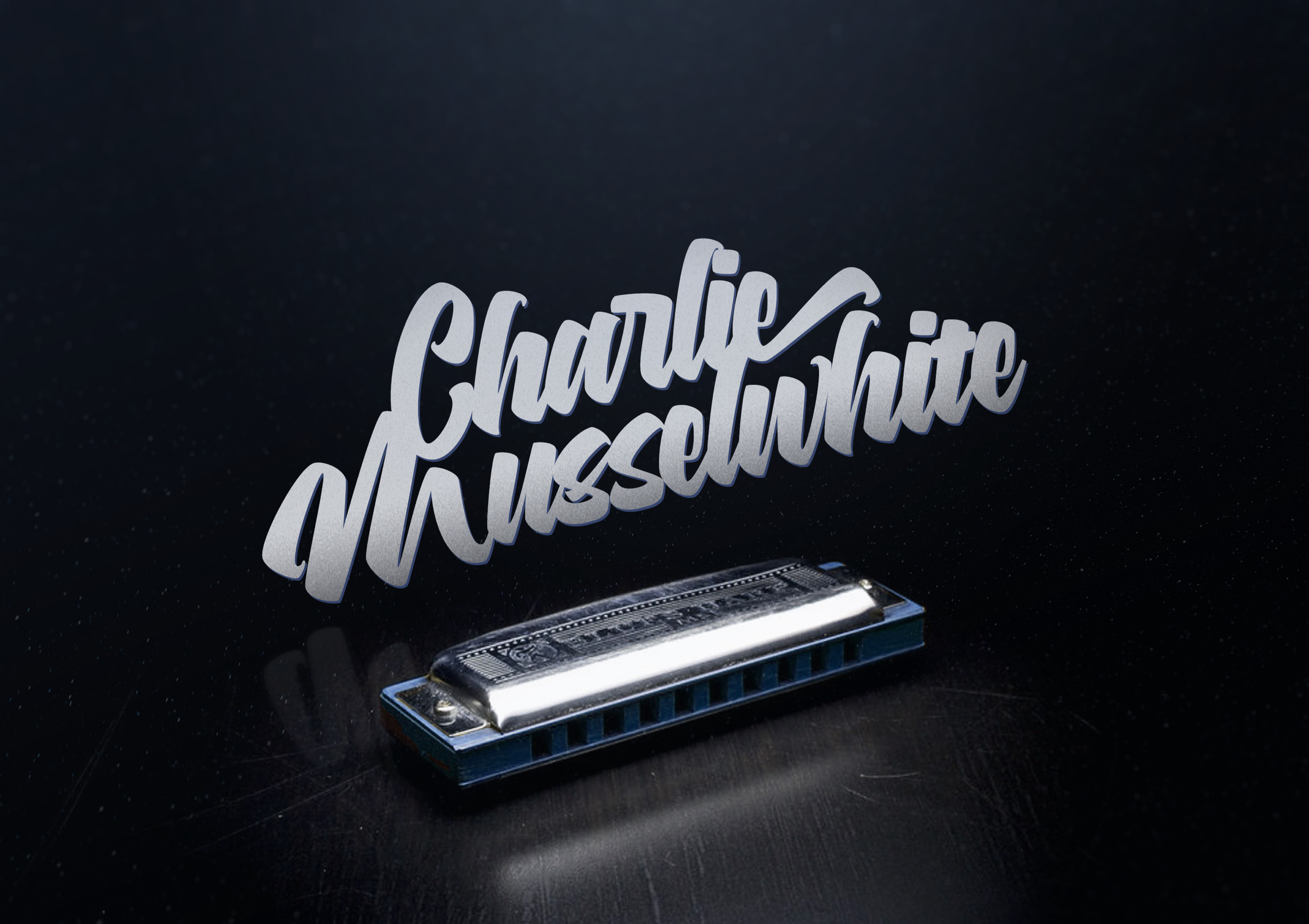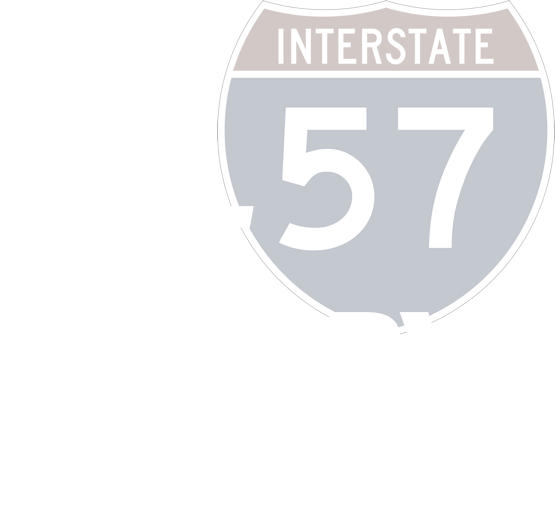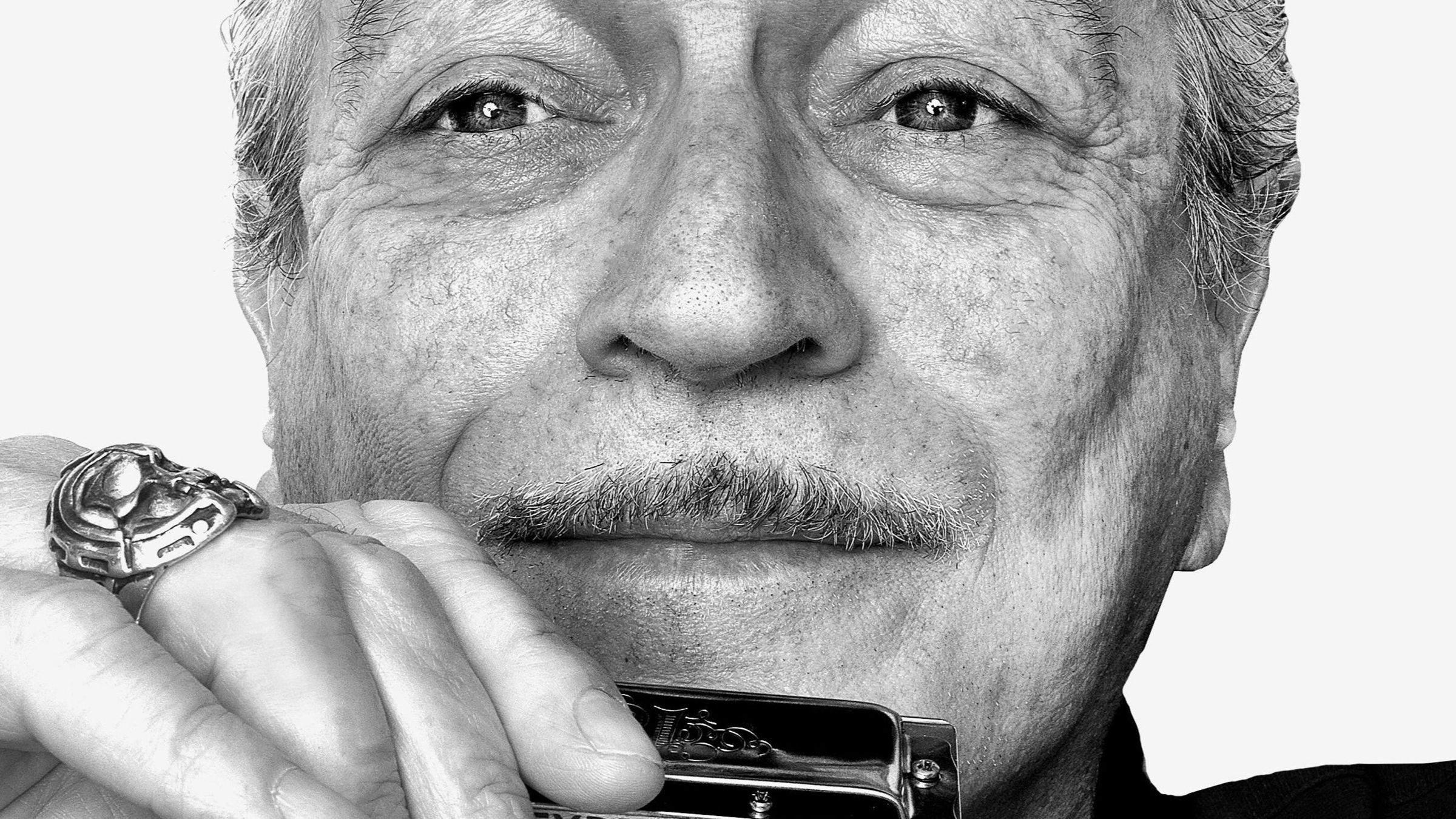

In many ways, Charlie Musselwhite’s life mirrors that of the genre he has expertly championed for decades. Much like the blues, he was born in the Mississippi Delta, grew and matured in Memphis, and then followed Highway 51 to Chicago, before gaining national and international influence. Along the way, he encountered and learned from some of the greatest titans of the blues, ultimately emerging as a giant of the art form himself. “The blues is your buddy in good times and your comforter in bad times,” he’s often said, and it’s clear that nobody has maintained this noble tradition as skillfully or with as much fidelity as “Memphis Charlie.”

Born in the small town of Kosciusko, Mississippi in 1944, Musselwhite was raised in a household filled with music. His father played the guitar and harmonica, much like he would years later, while his mother was a pianist in the church. At the age of three, Musselwhite moved with his family to Memphis, a city that would soon be at the center of the musical universe. As a teenager, he learned to play the guitar and the harmonica and began to seek out the local blues singers he had read about in Sam Charter’s classic book The Country Blues.
When he wasn’t busy earning money as a ditch digger and moonshine runner, Musselwhite spent his time under the tutelage of classic Memphis blues legends such as Furry Lewis, Will Shade, and Gus Cannon. Not yet having ambitions of being a professional musician, Musselwhite still cherished the lessons he learned from the elder statesmen of the blues, both in terms of music and life. “Playing in Memphis was for my own gratification…there was something in me that needed to be satisfied. Those folks were tuned in and sensitive to things that mattered…about how you treat people and the quality of life on the ethereal level,” he recalled.

When Musselwhite moved to Chicago in 1962 in search of better wages, he was surprised to learn that many of his idols had set up there as well. “I didn’t know all those guys were happening in Chicago. I’d seen Jimmy Reed and Muddy Waters in Memphis. I had their records—I knew the music, I just didn’t know where they were.” Although he continued to work odd jobs, Musselwhite quickly immersed himself in the blues scene of the city’s Southside, making the acquaintance of even more legendary players, including Junior Wells, Howlin’ Wolf, and Buddy Guy. At one point, he even roomed with first generation blues icon Big Joe Williams, who would later state, “Charlie Musselwhite is one of the greatest living harp players. He’s right up there with Sonny Boy Williamson.” As blues journalist Dick Sherman noted, “The black Chicago blues artists all liked Charlie as a person. They felt that he was one of them – a southern country boy with a deep affinity for the blues.” Musselwhite soon established himself as a mainstay in the many blues bars and clubs around Chicago, quickly earning a name for his rich harmonica playing, country blues guitar work, and world-weary vocals.

In 1966 at the age of 22, Musselwhite released his debut album “Stand Back! Here Comes Charley Musselwhite’s Southside Band,” which critics and fans hailed as an instant classic. “That album put me on the road and gave me a career,” Musselwhite said. His authentic blues sound was especially influential on the West Coast, where it became a standard on San Francisco’s underground radio stations.
Recognizing the opportunity to reach a wider audience, Musselwhite relocated to the Bay Area in August of 1967. “Blues was exotic back then…hippies didn’t know what the blues was. To their credit, though, they were real open to everything. So they were playing me on the radio and coming to my gigs. I remember walking down Haight Street, and these hippies would know me by name,” he explained. Before long, he was a regular figure in the counterculture scene around the Fillmore West. After observing his success, fellow blues masters and former collaborators such as Paul Butterfield, Mike Bloomfield, and John Lee Hooker soon joined Musselwhite in California, helping to transform the San Francisco area into a new and unexpected hotbed of genuine blues music.

As the new king of the blues on the West Coast, Musselwhite played steadily in the clubs and bars around California. He also began mounting low-profile national tours for the first time in his career, winning over legions of blues fans across the country. Musselwhite also continued to release notable albums at a breakneck pace, including eight solo albums during the 1970s alone. However, it wasn’t until the late 1980s when Musselwhite began to gain international attention, a fact made possible in part by controlling his decades-long drinking problem. “That was the last hurdle. I had to get to where I could feel OK getting on stage and not having to get drunk,” he stated.
In the early ‘90s, Musselwhite signed with Alligator Records and embarked on a new chapter in his career, releasing three of his most heralded and best-selling albums in quick succession. Although still very much steeped in the blues tradition, Musselwhite began paying homage to the many other styles of music that had influenced his unique style, including the regional music of the countries he had encountered around the world. “In touring, I’d search for the local music, go listen to some guy playing on the corner, then get somebody to translate what he’s singing about,” he said. This musical open-mindedness led him to joining a wide array of musicians in the studio, including Cuban artist Cuarteto Patria, Australian new wave band INXS, and modern troubadour Tom Waits, amongst others.


However, amid his many musical partnerships, Musselwhite’s collaborations with multi-instrumentalist Ben Harper may be the most notable. In 2013, the duo released an album on the revised Stax label titled “Get Up!,” which debuted at No. 1 on the Blues album chart and went on to win the Grammy Award for Best Blues Album the following year. “In Musselwhite, [Harper] found a kindred spirit: an understated virtuoso able to push past tradition without losing himself. They’ve made a set that feels timeless and right on schedule,” wrote Rolling Stone. Five years later, the duo released their follow-up album “No Mercy in This Land,” another critical and commercial success. “Charlie Musselwhite is in that very rare and hallowed place where blues past, present and future collide,” Harper said. Musselwhite returned the compliment to his younger counterpart, saying, “”Onstage or in the studio – working with Ben Harper holds the same excitement I experienced working with Chicago blues legends back in the day. I think it is safe to say that Ben has reinvented the blues in a great way: playing modern while preserving the feel.”
While it’s a bit cliché to suggest that a particular artist has grown better with age, especially within the blues, in the case of Charlie Musselwhite it’s simply an undeniable fact. While many musicians of his stature and accomplishment are comfortable resting on their laurels, Musselwhite has continued to push his art in new and exciting directions while never abandoning his deep roots. In an interview with Blues Blast Magazine, Musselwhite credits his musical dexterity to his earliest days in Memphis, saying “Fortunately, I learned from those old country blues players in Memphis who didn’t really keep track of how many bars there were before they made a chord change, so it taught me to anticipate… oh-oh, gonna make a turn here.” Today, he joins the ranks of the Memphis blues icons like Furry Lewis and Howlin’ Wolf as an undisputed luminary of the blues, and member of the Memphis Music Hall of Fame.

Be the first to add your voice.